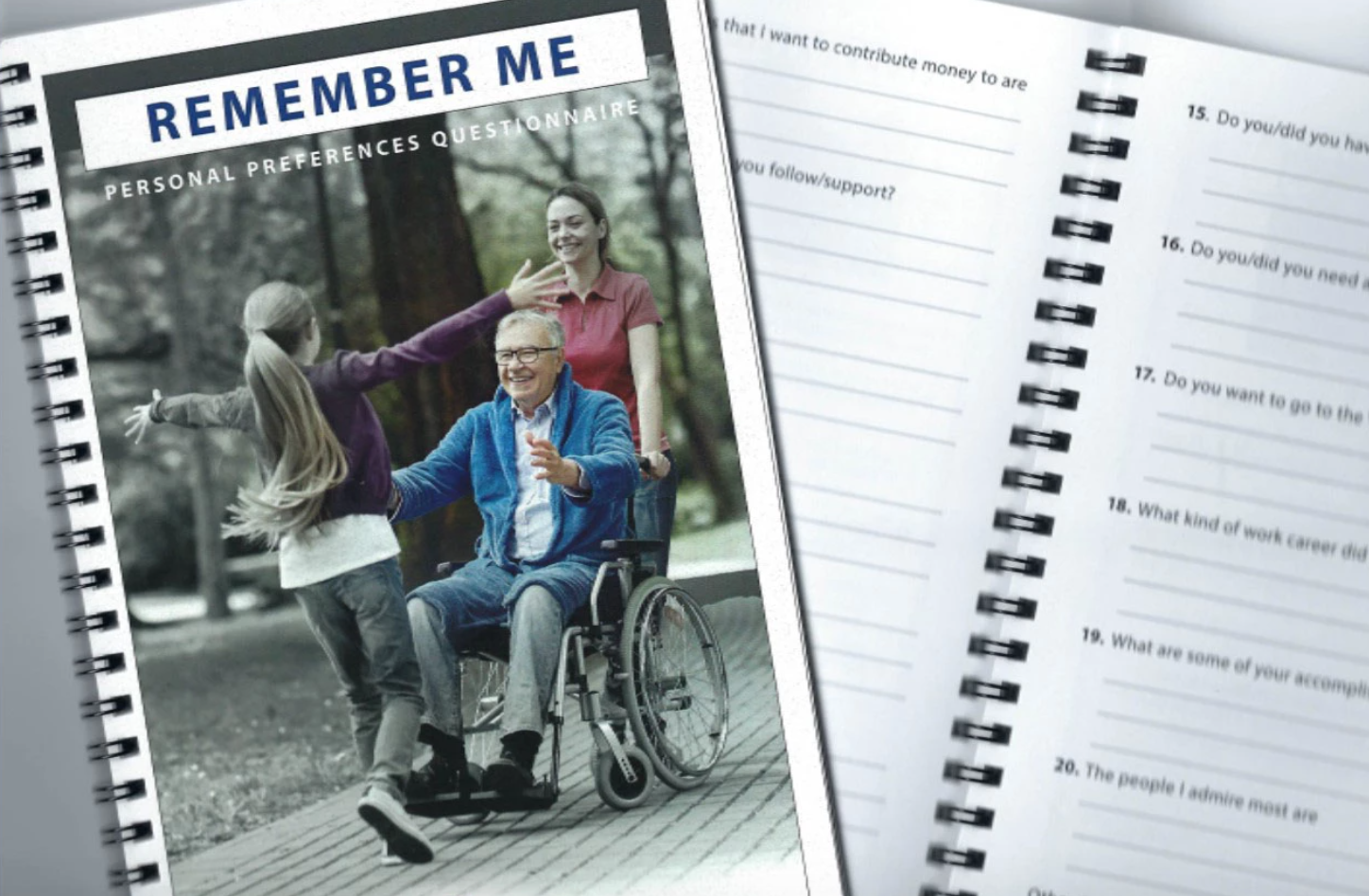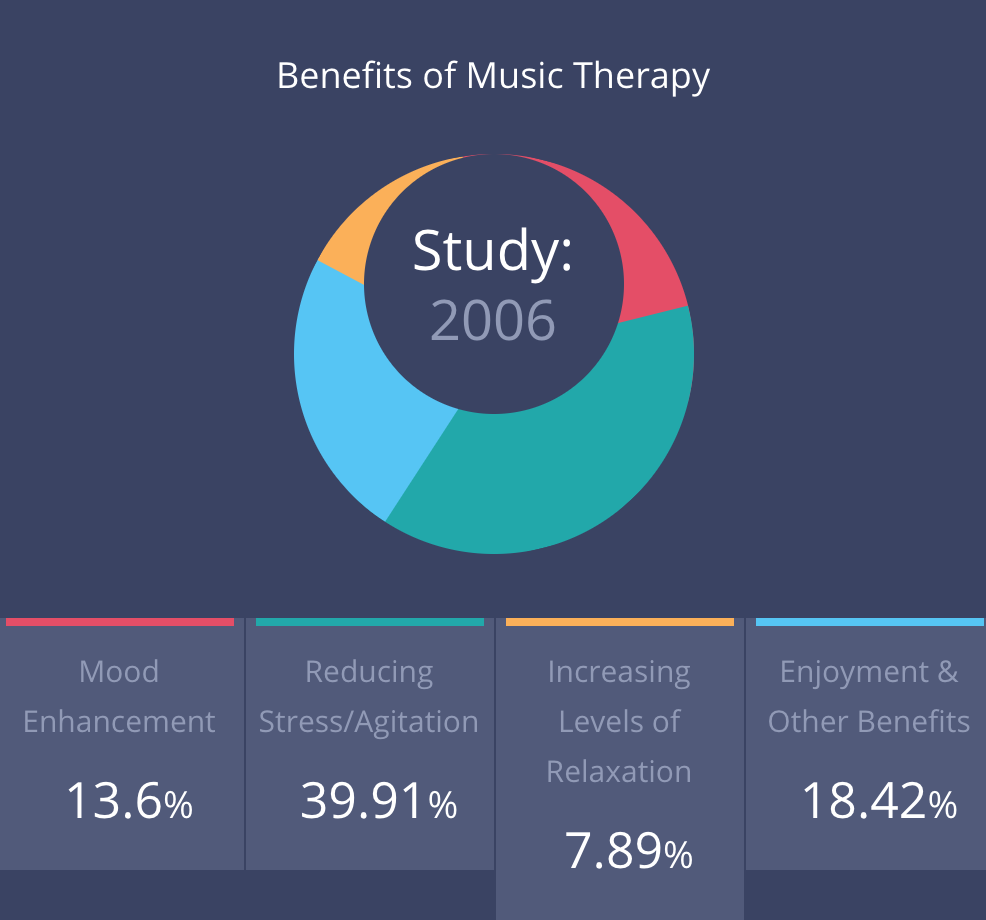Quick Links:
Introduction: Why Is Eye Care for Seniors Important?
As we age, there’s nothing more important than our health, specifically the wellness of our five senses. Vision is no exception to the rule, yet it can be difficult to feel like you’re doing enough for your eyecare as you get older. According to the American Academy of Family Physicians, approximately one in three elderly people experiences some type of vision reduction or eye disease by age 65.
Regular, preventative eye care screenings ideally are already a part of your annual or biannual health check-ups. Sure, it’s normal for prescriptions to change. As you grow older, normal changes to vision are bound to happen. Your 20/20 vision may fade. You may find yourself trying on reading glasses at the pharmacy these days. Seeing your eye doctor (ophthalmologist) once in a while may seem like enough of a preventative measure but for seniors, it’s critically important to go the extra mile.
Why Should You Care About Your Eyes as You Age?
Eye health can affect your holistic physical and mental health. Many seniors experience slips and falls that otherwise could be mitigated by successful eye surgery. Seniors with eye conditions may get back functionality and independence when they seek professional treatment.
For example, successful eye surgery may lengthen the time one can continue to drive a vehicle. Vision is a beautiful part of life, and no one who can have relief from symptoms should settle for less than great eyecare.
It’s important to understand that an eye disease or eye condition does not always indicate that you will experience vision loss. Often, vision loss occurs when symptoms are beyond surgical repair.
In this guide, you’ll learn eyecare best practices, discover warning signs of age-related conditions, and know what to expect when you get a preventative eye exam. When you’re armed with knowledge about symptoms and treatment options for eye conditions like glaucoma and cataracts, you’ll make smarter, logic-informed decisions for disease prevention.
What Eye Conditions Should You Look Out For?
There are four critical diseases of the eye that affect seniors:
Cataracts
Macular Degeneration
Glaucoma
Diabetic Eye Disease
1. Cataracts
A cataract is a medical condition where the lens of the eye starts to become visibly cloudy, causing blurred vision and decreased coordination due to lack of clarity.
Specifically, proteins in the eye accumulate and eventually prevent the retina and the lens of the eye from sending clear images to one another. Developing a cataract is considered a standard age-related condition, and the main treatment option available for cataracts is surgery.
A) Early Signs and Symptoms of Cataracts
Cataracts tend to develop slowly over time, but there are common signs beyond cloudy vision you can watch out for.
Double vision or seeing halos
Light sensitivity
Difficulty seeing in low light
Noticable changes in prescription or vision, especially if in between appointments with your eye care practitioner
Loss of vibrancy when seeing color
Blurred vision
B) Who Is Most at Risk?
Opthamologists generally refer to cataracts as an age-related condition of the eye. However, there are some lifestyle and health decisions that can increase your risk of developing cataracts, such as:
Smoking or excessive consumption alcohol
Obesity
Diabetes
High blood pressure
Sustained, regular, unprotected sun exposure (specifically to UV radiation)
Previous injury to the eye
C) Treatment
If you’re not interested in eye surgery and prefer to manage cataracts alternatively, talk to your ophthalmologist about stronger lenses or other ways to live with your cataracts.
However, in most cases, your eye doctor will recommend surgery to remove the cataract so you can return to daily activities and maintain your eye health for longer.
The National Eye Institute reports a 90% efficacy rate, where 9 out of every 10 people who get the surgery have better vision afterward.
Cataract surgery tends to be an outpatient procedure that takes an hour or less. The eye will receive an anesthetic, and the patient will receive a mild sedative to place them at ease.
D) Resources on Cataracts
2. Macular Degeneration
Macular degeneration is the thinning of the “macula,” which is the part of the retina that makes vision clear and detailed. The Gavin Herbert Eye Institute defines “age-related macular degeneration” (AMD) as progressive eye condition that affects as many as 15 million Americans, with 200,000 new cases each year.
Though macular degeneration is classified as incurable, there are varying degrees of severity. AMD happens gradually, and there are three stages of the disorder:
Early AMD, where vision loss has not yet occurred. Your eye doctor can still discover macular degeneration during this stage, especially if you are getting examined regularly.
Intermediate AMD is where you may experience some vision loss, but perhaps not enough to notice or worry you.
Late AMD, where vision loss is recognized.
A) Early Signs and Symptoms of Macular Degeneration
Symptoms will vary based on the person, but a few things a macular degeneration patient may experience are:
Diminished vision in one (or both) eyes
Difficulty adjusting to changes in light, or work in dim light
Blurred vision, whether when interacting with people or reading
Uncomfortable brightness in situations that aren’t as bright as perceived
B) Who Is Most at Risk?
According to The Mayo Clinic, smoking nearly doubles your risk of developing AMD. Studies suggest that obesity and cardiovascular disease may predispose someone to macular degeneration as well. Your eye doctor will also always take family history and genetics into consideration. Most patients with AMD are over the age of 50.
C) Treatment
Unlike glaucoma, there isn’t a medical treatment for macular degeneration. The best measures against AMD are preventative ones, such as following a diet dense in fruits, vegetables, healthy fats, and omega-3s. Quitting smoking or avoiding smoking is another way to reduce your likelihood of macular degeneration.
Protecting the eyes from sun exposure such as harmful UV rays or blue light is another key prevention tool.
D) Resources on Macular Degeneration
3. Glaucoma
Glaucoma is an eye condition where the main nerve to the eye—also referred to as the “optic nerve”—becomes damaged. Vision becomes patchy.
While scientists aren’t completely sure why this happens, glaucoma can lead to sudden and complete vision loss without showing major signs or symptoms. Early detection is the only way to prevent glaucoma from affecting vision. Any vision loss associated with glaucoma can’t be recovered. Glaucoma Research Foundation reported research from The Eye Diseases Prevalence Research Group that in the U.S., more than 120,000 are blind from the condition.
Regular eye exams can make the difference between glaucoma detection and missing a diagnosis. There are multiple types of glaucoma, according to the International Glaucoma Association, such as primary open angle glaucoma, secondary glaucoma, and others.
A) Early Signs and Symptoms of Glaucoma
The tricky part about glaucoma is that it usually doesn’t have symptoms at first, which can make detection difficult. Signs of the disease worsening include loss of peripheral (side) vision. Glaucoma can occur in one or both eyes.
Some other symptoms of glaucoma include blurred or distorted vision, eye pain, loss of peripheral vision, and headaches.
B) How is Glaucoma Diagnosed?
Glaucoma is typically diagnosed through a dilated eye exam, which is painless for the patient.
C) Who Is Most at Risk?
According to the National Eye Institute, glaucoma can affect anyone, but those who are over the age of 60 are the most susceptible. If you have a family history of glaucoma, you’ll want to be extra vigilant about getting regular complete eye exams.
The American Optometric Association reports that African Americans over the age of 40 and Hispanics over the age of 60 present a higher risk of developing glaucoma.
It’s worth noting that glaucoma doesn’t only affect seniors; it can happen at any age. Developmental glaucoma is when newborns or young children experience the disease.
D) Treatment
Eye conditions like glaucoma are highly variable, and eye doctors determine specific treatment based on factors like the damage to the optic nerve, corneal thickness, and how much the glaucoma is affecting peripheral vision. There are three main forms of glaucoma treatment today:
Eye drops, which lower the pressure of the eye to lessen optic nerve damage
Laser treatment, also called Selective Laser Trabeculoplasty, creates better drainage in the eye to relieve intraocular pressure (IOP)
Surgery was previously the least common treatment type, but is gaining popularity in newer studies. Glaucoma specialists will recommend surgery when laser treatment and eye drops aren’t helping your symptoms. The typical recovery period for eye surgery lasts between 3-6 weeks.
E) Resources on Glaucoma
4. Diabetic Eye Disease
Diabetic eye disease is also called “diabetic retinopathy,” occurring when blood vessels of the retina are damaged. Poor regulation of blood sugar can increase your risk of diabetic eye disease. The longer you’ve been living with diabetes, the higher your chance of developing retinopathy.
There are two main types of diabetic eye disease:
Nonproliferative Retinopathy, which is where capillaries in the eye form pouches that affect vision and is the most common of the retinopathies
Proliferative Retinopathy, which causes the development of new, weak blood vessels as they try to increase blood flow to the struggling eye.
The best thing patients with diabetic eye disease can do is closely monitor both their vision, diabetes, and health. Working with multiple healthcare practitioners for a holistic practice is critical to slow its progression. Diabetic blindness can occur when the disease is left to its own devices.
A) Early Signs and Symptoms of Diabetic Eye Disease
In the early states of diabetic eye disease, symptoms may be very mild or difficult to connect with your diabetes. You may experience:
Flashing lights in your vision
Floating spots in the eye, called “floaters”
Blind spots
Poor or diminished perception of color
B) Who Is Most at Risk?
People with type 1 and 2 diabetes are at increased risk for the disease and its complications, according to the American Diabetes Association.
Those who smoke or have smoked in the past
Those with patterns of high blood pressure, cholesterol, and blood sugar
Those with diabetes who opt not to get an annual dilated eye exam, which can ward off the advancement of the disease
C) Treatment
Milder cases of diabetic eye disease can be maintained with careful monitoring of diabetes and blood sugar. Once blood pressure and blood sugar are controlled for several months, repair can begin to naturally occur, according to Harvard Health Publishing.
More serious cases of diabetic retinopathy mean that the retina has sustained damage that require surgery. Laser treatments, injections of medication into the eye, and surgery on the retina are common treatment options for this category.
The retina can detach from its proper place, so an eye doctor may recommend a laser surgery to shrink the rogue, weak blood vessels causing the detachment. Injection of a medication to the eye that blocks the growth of blood vessels in the eye is another course of treatment that has seen an increase in efficacy according to the American Society of Retina Specialists.
Always ask your eye doctor which treatment is most appropriate for your case of diabetic eye disease.
D) Resources on Diabetic Eye Disease
Preventative Eye Care Tips
Daily life has plenty of distractions, screens, and harsh lights that can affect your vision over time.
One tenant of good eye care is consistency. You wouldn’t apply sunscreen only on beach days, right? The same principle applies to practicing good eye care. Here are some tips:
Ask your family and loved ones about their eye history, and write down their responses to share with your eye doctor
Take measures to quit smoking or avoid smoking altogether
Exercise regularly for optimal health. The American Heart Association recommends 150 minutes of exercise per week for adults
Wear sunglasses outdoors to protect the eye from harsh UV lights
Wear protective eye gear during activities where the eye may sustain damage or get hurt
Don’t overwear contact lenses, which can cause infection of the eye
If you do wear contact lenses, follow cleanliness guidelines and your eye doctor’s instructions for how often to discard them
Nutrition
We’ve all heard the old wives’ tale at the kitchen table: “Eat carrots to improve your vision!” Unfortunately, it’s not as simple as a carrot a day keeps the cataracts away. Though carrots do contain essential vitamins like Vitamin A, which protects the eye by strengthening its surface.
There are dietary best practices that can better your eye health in the long-term; for example, Real Simple recommends following a diet that’s dense in leafy greens like kale and spinach, squash, and, essentially, sticking to a colorful diet.
Medical News Today also provides dietary suggestions such as increasing intake of antioxidants and omega-3s, as well as recommended daily intakes from the American Academy of Ophthalmology.
Eye Check Up Protocol for Seniors
Why Do You Need an Eye Exam?
Eye exams are the only method we have of identifying early onset eye conditions.
It’s important to get eye exams on a regular basis the same way that you’d put gas in your car if the tank was running low, or visit the doctor annually for a physical exam.
For those over 60 years old, regular eye exams can make a difference in the future health of your eyes and your vision.
How Often Do You Need an Eye Exam?
According to Prevent Blindness.org, how often you should get your eyes checked varies based on your age range and pre-existing health conditions.
Those between 40-64 should get a complete eye exam every 2-4 years
Those 65 years or older should see their ophthalmologist every year
Those with pre-existing eye conditions or concerns about family history should ask their eye doctor how often they’d like to see them
Do You Need An Eye Exam If You Have Good Vision?
The short answer is: yes! Just because you have good eyesight doesn’t mean you may not have underlying conditions that can’t be seen with the naked eye. Regular eye exams, just like going to the dentist or your primary care doctor, are preventative and can identify warning signs of eye disease or vision issues before symptoms appear, or worsen.
What to Expect at an Eye Exam for Seniors
Even if you have good vision, you’ll still need to have your eyes tested. Eye exams can be as simple as the standard inspection ophthalmologists use to prescribe glasses. Early detection is the key to preventing vision loss.
With advancing technologies, videos of different eye conditions make it easier to understand potential conditions and diagnoses. You don’t need to be in medical school to benefit from learning some eye anatomy.
You may hear a lot about corrective surgeries like Lasik, but remember—your ophthalmologist would never recommend an exam or treatment that they truly didn’t believe you need.
Why Do I Need a Dilated Eye Exam?
Dilation is the widening of the pupil to increase light to the eye. Dilated eye exams are one of the only methods of detection for glaucoma or macular degeneration. According to the Mayo Clinic, dilation can also identify health issues like high blood pressure and diabetes. After dilation, which is a painless process, you will generally experience blurry vision or some extra light sensitivity.
If you do have a dilated eye exam during your visit with the ophthalmologist, it’s recommended that you avoid driving or operating machinery for at least several hours until the pupil returns to normal dilation.
Convincing An Elderly Family Member to See An Ophthalmologist
As family members and friends grow older, it may be tricky to convince them that going to the ophthalmologist is necessary—especially if they insist they’re healthy. You may be tempted to take a family member at their word, but eye issues can come on suddenly, and seniors may not realize the severity of their symptoms if they’re treating other major health problems in tandem.
Some don’t have eye insurance, which can add another layer of difficulty, especially if they’re paying out of pocket for all their eyecare. Exams, treatments, and surgeries can add up on top of existing bills and medical necessities.
However, the peace of mind that comes with knowing your vision is well-cared for and addressing any symptoms that arise far outweighs the alternative—missed diagnoses, discomfort, or even loss of vision.
Resources:
EyeCare America, also known as the American Academy of Ophthalmology, provides information on no and low-cost eye exams.
The National Eye Institute compiled a list of applications and programs to help pay for eye care and low-cost alternatives.
Programs that provide free eye exams and glasses
Check Your Insurance Coverage:
eHealthMedicare details what specific Medicare programs can help with senior eyecare
Learn details of individual plans like Humana
Recommendations on vision insurance from Senior Living
Having a Hard Time Seeing? More Resources:
At UCF Health, our dedicated ophthalmologist is trained to identify, treat, and care for eye conditions without overwhelming the patient with medical jargon. When it comes to eye care for seniors, knowledge is indeed power. Here are additional resources for seniors:



























